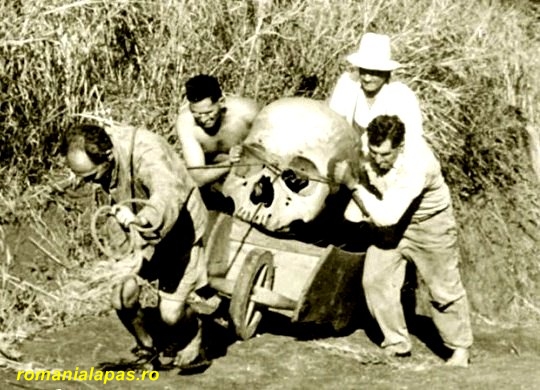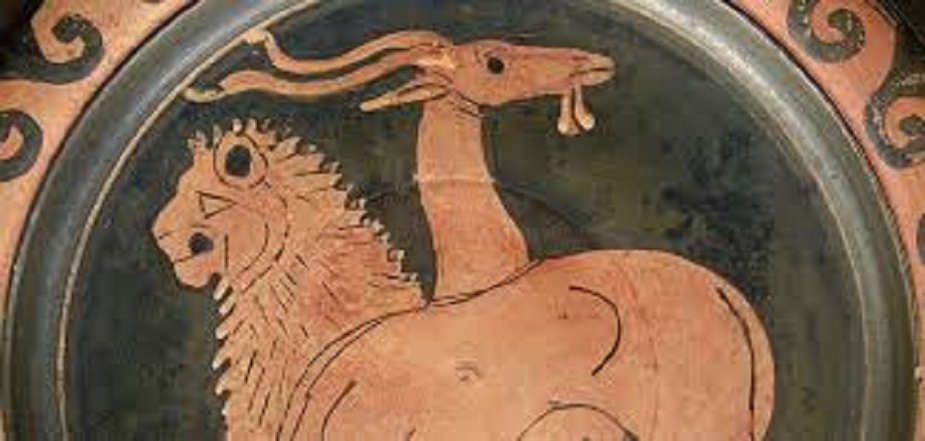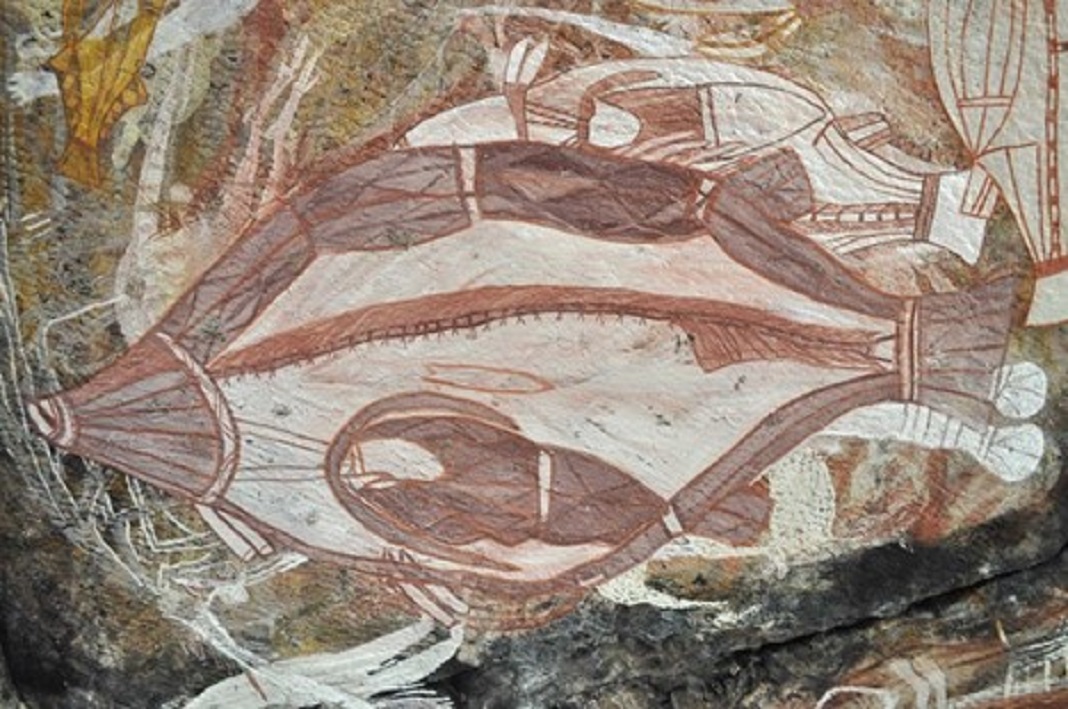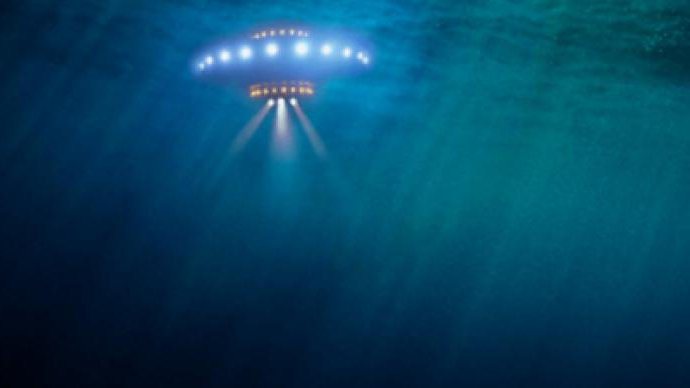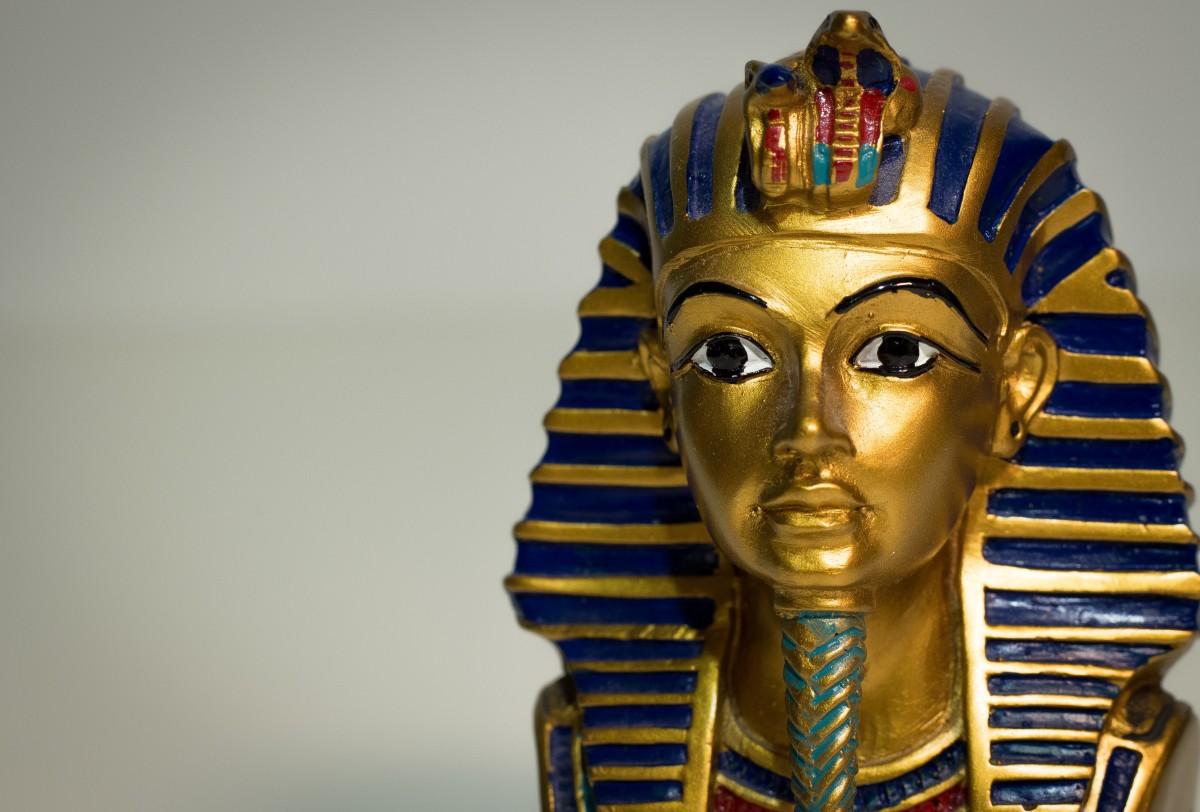Ionita Florea, who has been involved in several archaeological excavations in Argedava, tells us how the giant skeletons really looked like.
Between 1940-1950, in Argedava, Giurgiu county, the first citadel of Burebista before unifying all the Dacian tribes, archaeologists have found no less than 80 giant humanoid skeletons of 4-5 meters in height.
Ionita Florea, who from 1939 and 1951 took part in archaeological excavations in Argedava, tells Giurgiuveanul TV that he saw the giant skeletons with his own eyes. The man mentioned that he unearthed an unusually large skull with his own hands, a skull much larger than that of man. When he told the archaeologists about it, the team leader, Dinu V. Rosetti, sent the villagers back to their homes.
“They were the only ones to stay on the spot, digging with their people”, said the man.
The remains were loaded onto a truck and taken elsewhere, nobody knows where. The story repeated in the coming years and it’s said that a total of skeletons have been found. In southern Muntenia (Wallachia), in Giurgiu and Teleorman, there are many legends of giants. Such legends are also found in Buzau Mountains, at Scaieni. Here, in the oldest settlement in Bozioru area, 2.4-meter humanoid skeletons have been discovered. The size of the skulls was truly amazing, as it was similar to that of breeding pumpkins.
The discovery was made absolutely by chance, when people wanted to plant an apple orchard on a nearby hill. The skeletons were intact and several fragments of pottery were found next to them. People continued to dig and they unearthed a few skeletons, but then decided to leave intact the rest of the graves and tried to dig amidst them. They are convinced that the skeletons belong to the legendary giants.
Moreover, on the Tainita Muntain there is a place where royal “chairs” are carved in stone; chairs whose origin is unexplained for the locals, as is situated at great heights, in inaccessible areas. The legend of Tartars is also supported by Herodotus, who described them as a noble and glorious tribe. Also referred to as “Teutars” or “titans”, those were, according to Homer, “the favorites” of the gods”, because they “were surpassing all the others in height, strength and beauty”.
They erected huge altars to bring offerings to the gods, as well as tower-shaped constructions and defensive cyclopean fortifications, according to Aristotle.
The Hateg Country is also full of legends about giants. It is said that two daughters of giants have erected fortresses, one in Deva and the other one on top of the Retezat Mountains. As the city established on the mountain was more beautiful, the other giant daughter became angry and threw an iron plow, destroying the city of her “rival”, also cutting the top of the mountain; this is the story of how the mountain got its name – Retezat.
At the beginning of the twentieth century, in the depression between Petrosani and Deva were found several skeletons which were thought to belong to the giants. Hungarian baron Franz Nopcsa, who studied natural sciences at Vienna, was interested in the findings and researched the bones found by peasants, but he determined that they belonged to dwarf dinosaurs.
